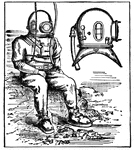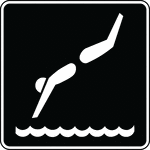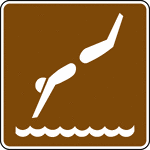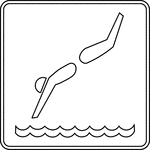Clipart tagged: ‘diving’

Great Diving Beetle
Dytiscus Harminieri, a genus of predatory, diving beetles that usually live in wetlands and ponds.

Great Diving Beetle
Dytiscus Harminieri, a genus of predatory, diving beetles that usually live in wetlands and ponds.
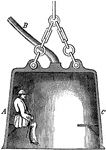
Diving Bell
"The large iron vessel does not allow air to escape once it is lowered into a body of water for underwater…

Diving Dress
"Diving Apparatuses are contrivances by means of which divers are enabled to remain a considerable time…

Diving Dress
"The diving dress envelops the whole body of the diver, the upper portion a being the "helmet," the…
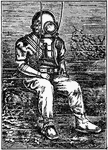
Standard Diving Dress
A standard diving dress consists of a metallic (copper, brass or bronze) diving helmet, an airline or…
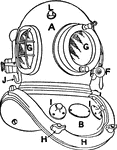
Diving Helmet (Front)
A front view of a diving helmet. A, Helmet; B, Breastplate; F, Emergency cock; G, Glasses in frame;…

Submarine Electric Lamp
An illustration of a submarine electric lamp without reflector. A, Metal case containing electrical…

Little Penguin
"The Little Penguin, adapted exclusively for swimming and diving. In this quaint bird the wing forms…

Boy Diving into a River at Sunset
A scene illustrating a young boy jumping off of a diving board into a river. In the distance there is…
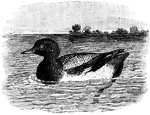
Scaup, a Common Duck
"A duck, Fuligula or Fulix marila and related species. The common scaup inhabits Europe, Asia, and North…
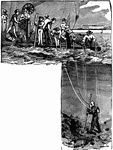
Early Scuba diving
"The first sensation in descending under water in a suit of armor is the sudden, bursting roar in the…
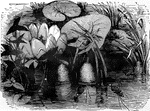
Spider, diving
"Another remarkable member of the Araneidae is the Diving Spider, Argyroneta aquatica, which…

